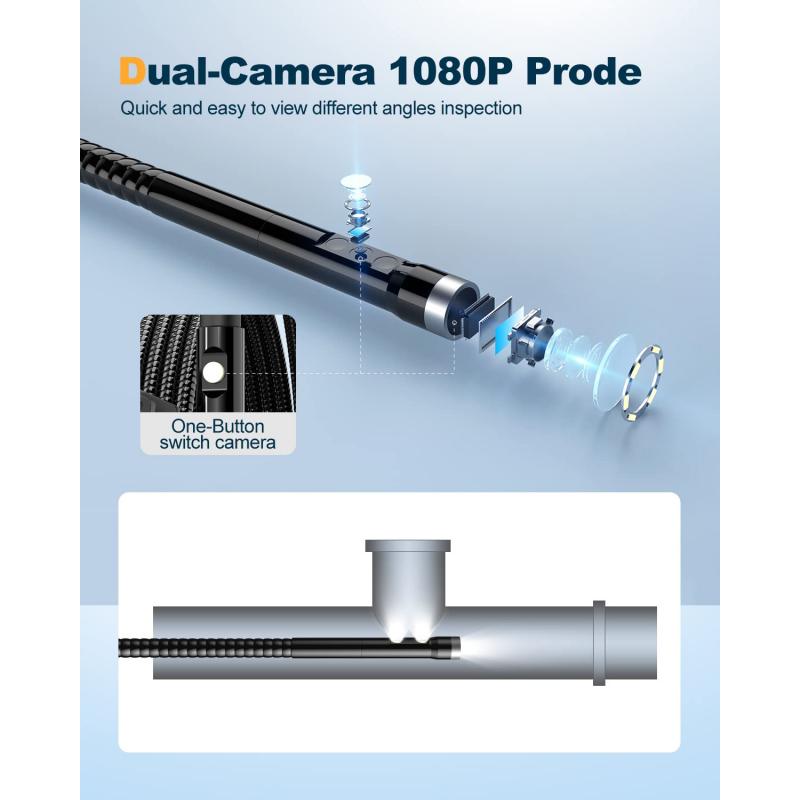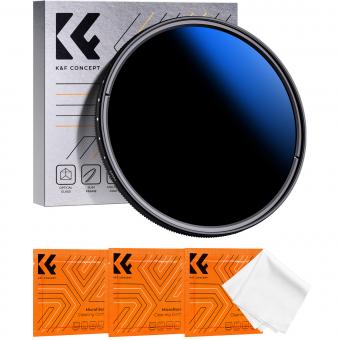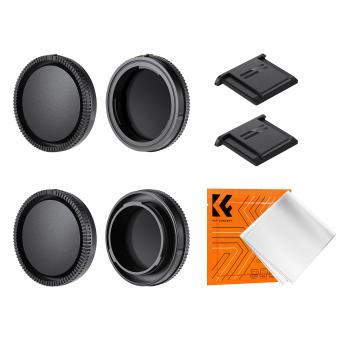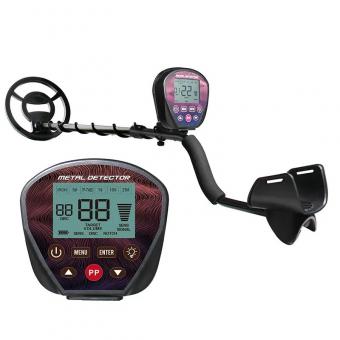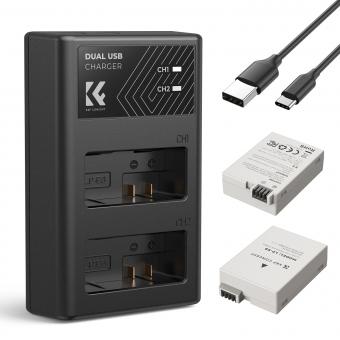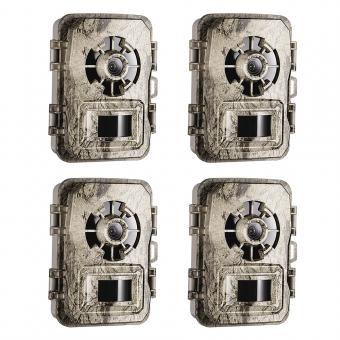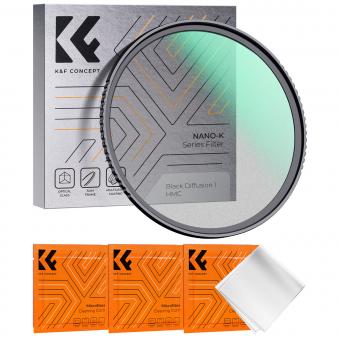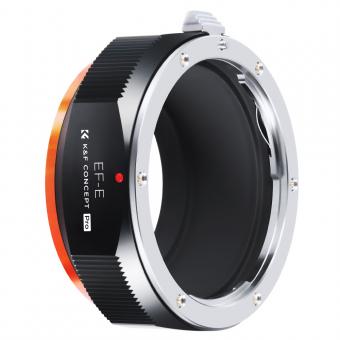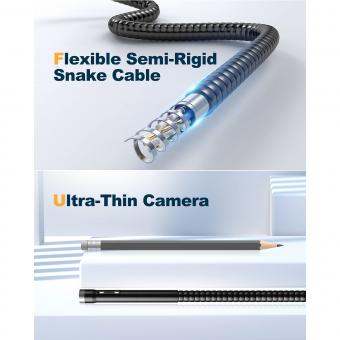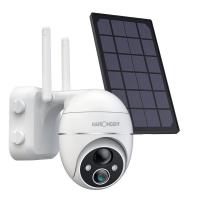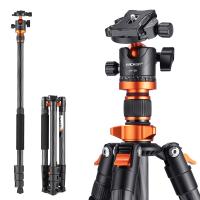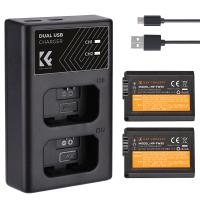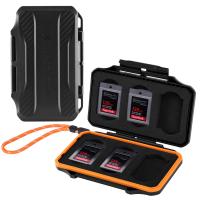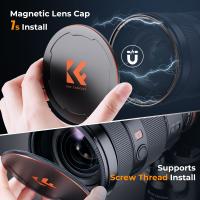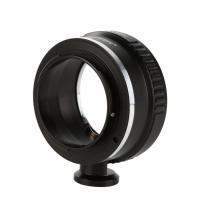What Is Endoscopic Retrograde Cholangiopancreatography ?
Endoscopic retrograde cholangiopancreatography (ERCP) is a medical procedure used to diagnose and treat conditions affecting the bile ducts and pancreatic ducts. It involves the use of an endoscope, a flexible tube with a light and camera at the end, which is inserted through the mouth and into the digestive system. The endoscope allows the doctor to visualize the bile ducts and pancreatic ducts on a monitor.
During an ERCP, a contrast dye is injected into the ducts to make them more visible on X-ray images. This helps in identifying any abnormalities or blockages in the ducts. In addition to diagnosis, ERCP can also be used to perform therapeutic interventions, such as removing gallstones, placing stents to open blocked ducts, or taking tissue samples for further analysis.
ERCP is typically performed by a gastroenterologist who has specialized training in endoscopic procedures. It is considered a minimally invasive procedure, but like any medical intervention, it carries some risks, such as pancreatitis, infection, or bleeding. Therefore, it is important to discuss the potential benefits and risks with a healthcare professional before undergoing ERCP.
1、 Procedure for diagnosing and treating disorders of the bile ducts and pancreas.
Endoscopic retrograde cholangiopancreatography (ERCP) is a medical procedure used to diagnose and treat disorders of the bile ducts and pancreas. It combines endoscopy and fluoroscopy to visualize and access the biliary and pancreatic ducts.
During an ERCP, a flexible tube called an endoscope is inserted through the mouth and guided down the esophagus, stomach, and into the duodenum. The endoscope has a small camera at its tip, which allows the doctor to examine the inside of the digestive tract and locate the openings of the bile and pancreatic ducts. A contrast dye is then injected into these ducts, making them visible on X-ray images.
ERCP serves both diagnostic and therapeutic purposes. It can help identify conditions such as gallstones, tumors, strictures, or infections in the bile ducts or pancreas. Additionally, it allows for the treatment of certain conditions. For example, during an ERCP, a doctor can remove gallstones, place stents to relieve obstructions, or perform biopsies to evaluate suspicious lesions.
The latest point of view regarding ERCP emphasizes its minimally invasive nature and its ability to provide accurate diagnoses and targeted treatments. ERCP has evolved over the years, with advancements in imaging technology and endoscopic instruments. These advancements have improved the safety and effectiveness of the procedure, reducing the risks of complications.
However, it is important to note that ERCP is an invasive procedure and carries some risks, including pancreatitis, infection, bleeding, or perforation of the digestive tract. Therefore, it should only be performed by experienced healthcare professionals in specialized medical centers.
In conclusion, ERCP is a valuable procedure for diagnosing and treating disorders of the bile ducts and pancreas. It offers a comprehensive view of the biliary and pancreatic ducts, allowing for accurate diagnoses and targeted interventions. With ongoing advancements, ERCP continues to be an important tool in the management of these conditions.
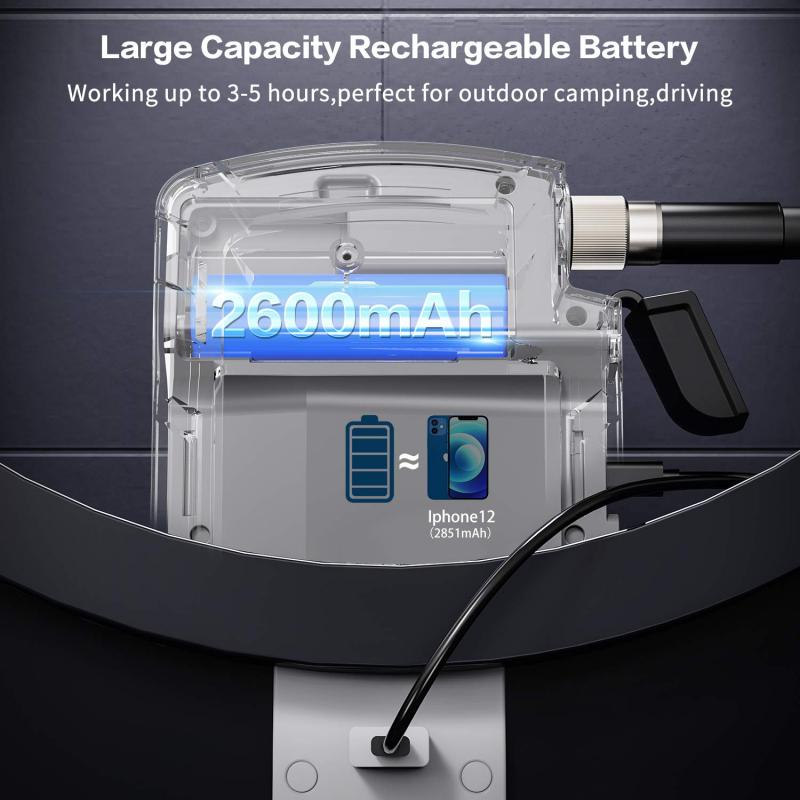
2、 Minimally invasive technique using an endoscope and X-rays.
Endoscopic retrograde cholangiopancreatography (ERCP) is a minimally invasive technique used to diagnose and treat disorders of the bile ducts and pancreas. It combines the use of an endoscope and X-rays to visualize and access these structures.
During an ERCP procedure, a flexible tube called an endoscope is inserted through the mouth and guided down the esophagus, stomach, and into the duodenum. The endoscope contains a light and a camera, allowing the doctor to examine the lining of these organs. Once the endoscope reaches the opening of the bile ducts or pancreatic ducts, a contrast dye is injected, which helps to highlight these structures on X-ray images.
ERCP can be used to diagnose conditions such as gallstones, tumors, strictures, or blockages in the bile ducts or pancreatic ducts. It can also be used to treat certain conditions. For example, during the procedure, the doctor can remove gallstones or place stents to open up blocked ducts. Biopsies can also be taken if necessary.
This technique has revolutionized the diagnosis and treatment of diseases affecting the bile ducts and pancreas. It is less invasive than traditional surgical procedures, as it avoids the need for large incisions. ERCP is generally considered safe, but like any medical procedure, it carries some risks, such as pancreatitis, infection, or bleeding.
In recent years, there have been advancements in ERCP technology, such as the development of smaller and more maneuverable endoscopes, improved imaging techniques, and the use of therapeutic accessories. These advancements have made the procedure more effective and safer for patients.
Overall, ERCP is a valuable tool in the management of bile duct and pancreatic disorders. It allows for accurate diagnosis and targeted treatment, minimizing the need for more invasive surgical interventions. However, it is important for patients to discuss the risks and benefits of the procedure with their healthcare provider to make an informed decision.
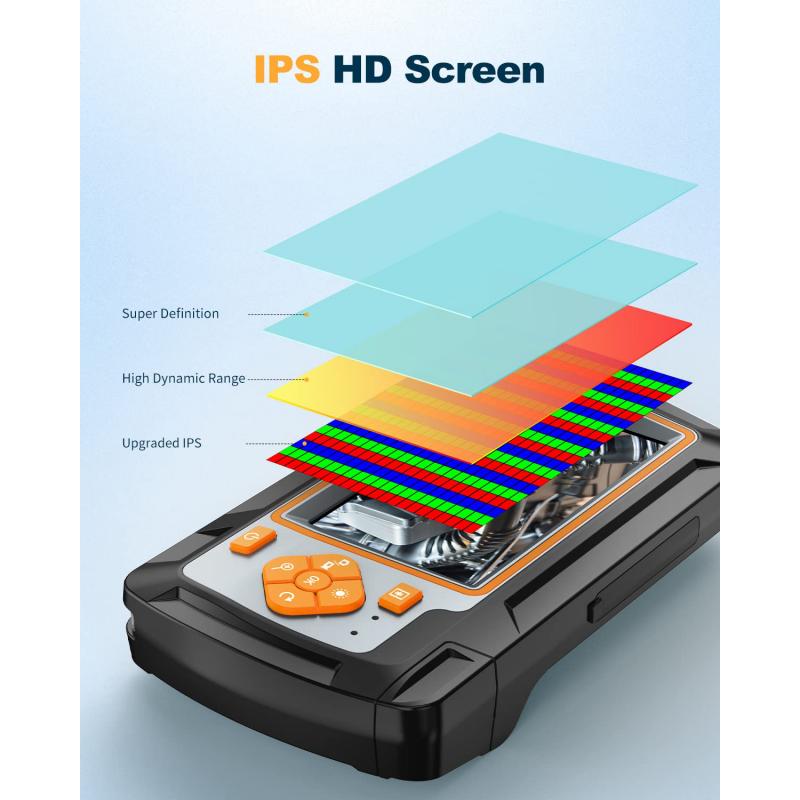
3、 Visualizing the biliary and pancreatic ducts for imaging and intervention.
Endoscopic retrograde cholangiopancreatography (ERCP) is a medical procedure used to visualize and intervene in the biliary and pancreatic ducts. It combines endoscopy and fluoroscopy to diagnose and treat conditions affecting these ducts.
During an ERCP, a flexible tube called an endoscope is inserted through the mouth and guided down the esophagus, stomach, and into the duodenum. The endoscope has a light and a camera at its tip, allowing the physician to visualize the ducts on a monitor. Once the endoscope reaches the duodenum, a small catheter is passed through the endoscope and into the opening of the bile duct or pancreatic duct. Contrast dye is then injected, which helps to highlight the ducts on X-ray images taken using fluoroscopy.
ERCP is primarily used to diagnose and treat conditions such as gallstones, strictures (narrowing) of the ducts, tumors, and pancreatitis. It allows for the identification of blockages or abnormalities in the ducts, and in some cases, therapeutic interventions can be performed during the procedure. These interventions may include removing gallstones, placing stents to relieve obstructions, or taking biopsies for further analysis.
In recent years, there have been advancements in ERCP techniques and equipment. For example, the use of digital cholangioscopy allows for direct visualization of the ducts and enables more precise interventions. Additionally, the development of new imaging modalities, such as narrow-band imaging and confocal laser endomicroscopy, may enhance the detection and characterization of abnormalities in the ducts.
Overall, ERCP remains an important tool in the diagnosis and treatment of biliary and pancreatic disorders. It provides a minimally invasive approach to visualize and intervene in the ducts, allowing for improved patient outcomes and potentially avoiding the need for more invasive surgical procedures.
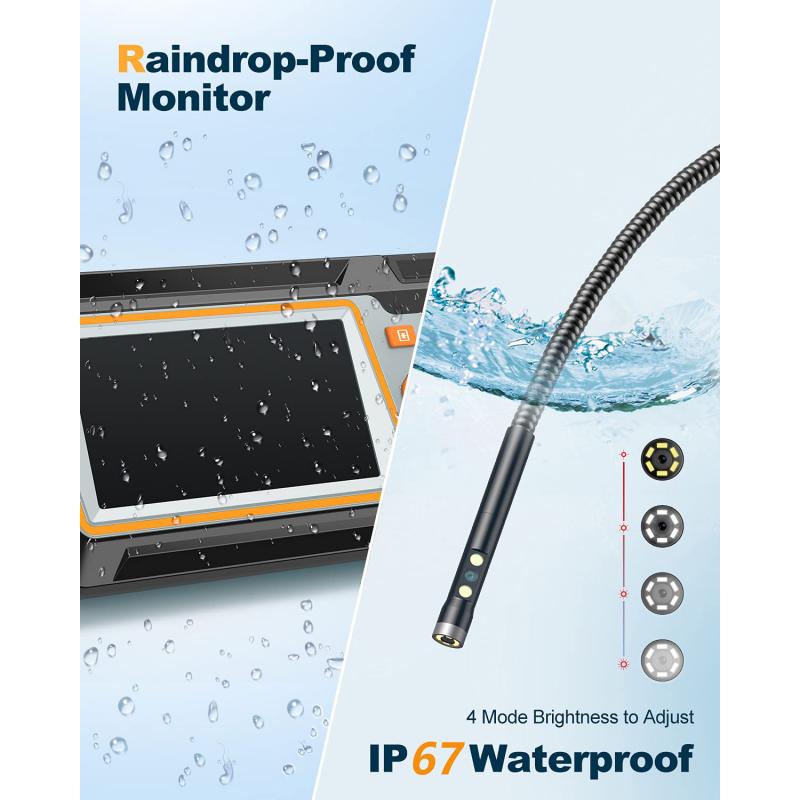
4、 Non-surgical approach for removing gallstones or placing stents.
Endoscopic retrograde cholangiopancreatography (ERCP) is a medical procedure used to diagnose and treat problems in the bile ducts and pancreatic ducts. It combines endoscopy and fluoroscopy to visualize and access these ducts.
During an ERCP, a flexible tube called an endoscope is inserted through the mouth and guided down into the duodenum, the first part of the small intestine. The endoscope has a light and a camera on the end, allowing the doctor to see the inside of the digestive tract. Once the endoscope reaches the duodenum, a small catheter is passed through it and into the bile ducts or pancreatic ducts. Contrast dye is then injected, which helps to highlight any abnormalities on X-ray images.
ERCP has both diagnostic and therapeutic applications. It can be used to identify and evaluate conditions such as gallstones, tumors, strictures, or blockages in the bile or pancreatic ducts. Additionally, it allows for non-surgical interventions to be performed. For example, if gallstones are detected, they can be removed using specialized tools passed through the endoscope. ERCP can also be used to place stents, which are small tubes that help to keep the ducts open and allow for proper drainage.
The latest point of view regarding ERCP is that it continues to be a valuable tool in the management of various biliary and pancreatic disorders. However, it is important to note that ERCP is an invasive procedure and carries some risks, such as pancreatitis, bleeding, or infection. Therefore, it should be performed by experienced healthcare professionals in appropriate clinical settings.
In recent years, there have been advancements in ERCP techniques and equipment, including the use of digital cholangioscopy, which allows for direct visualization and targeted interventions within the bile ducts. These advancements have improved the accuracy and safety of the procedure.
Overall, ERCP remains an important non-surgical approach for diagnosing and treating conditions affecting the bile and pancreatic ducts. It offers a minimally invasive alternative to surgery for removing gallstones or placing stents, providing patients with effective and timely management options.
